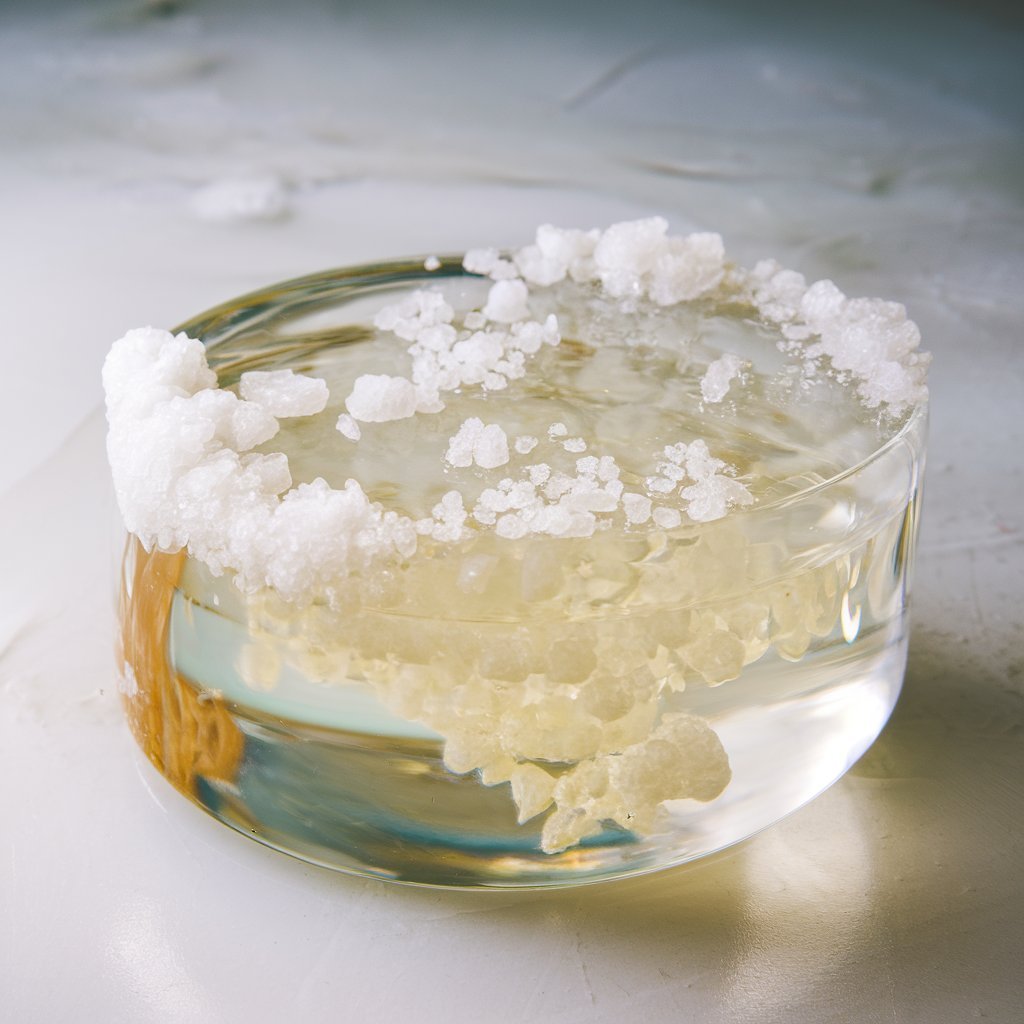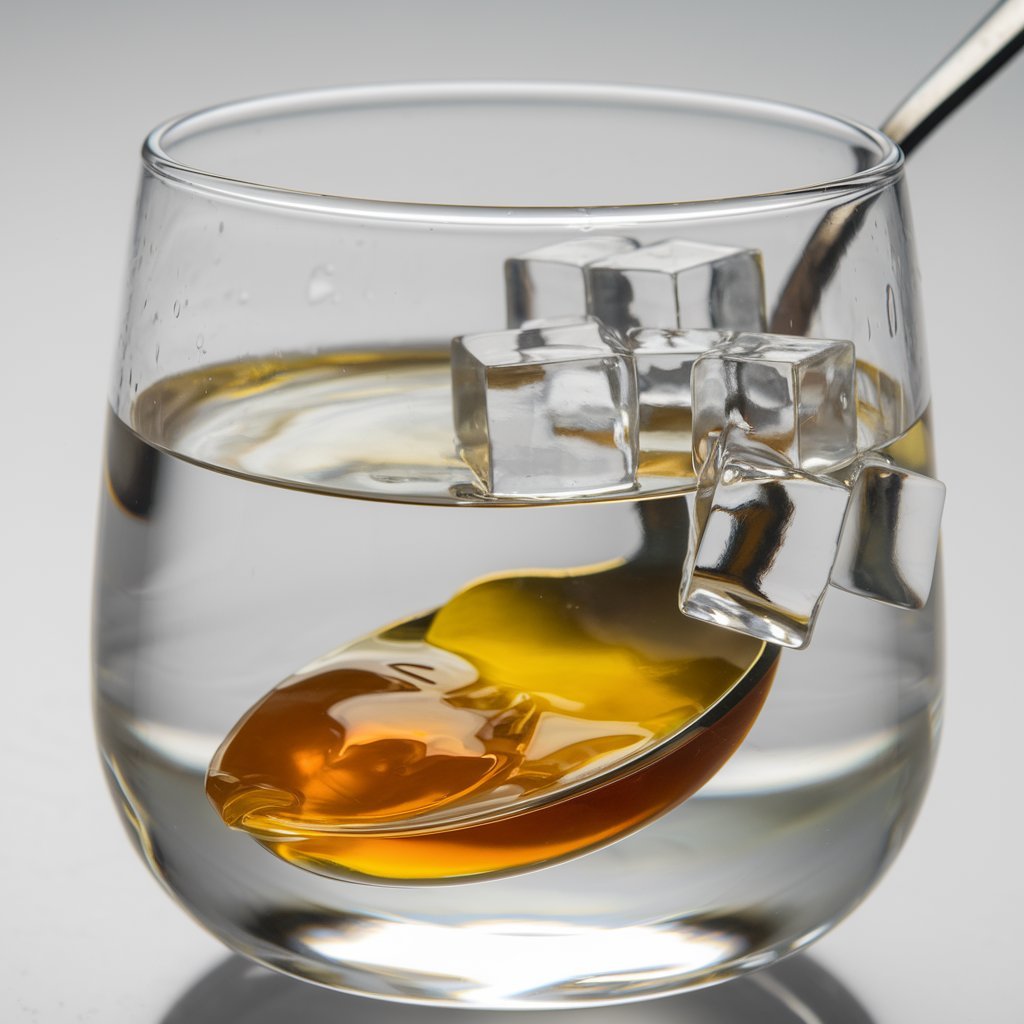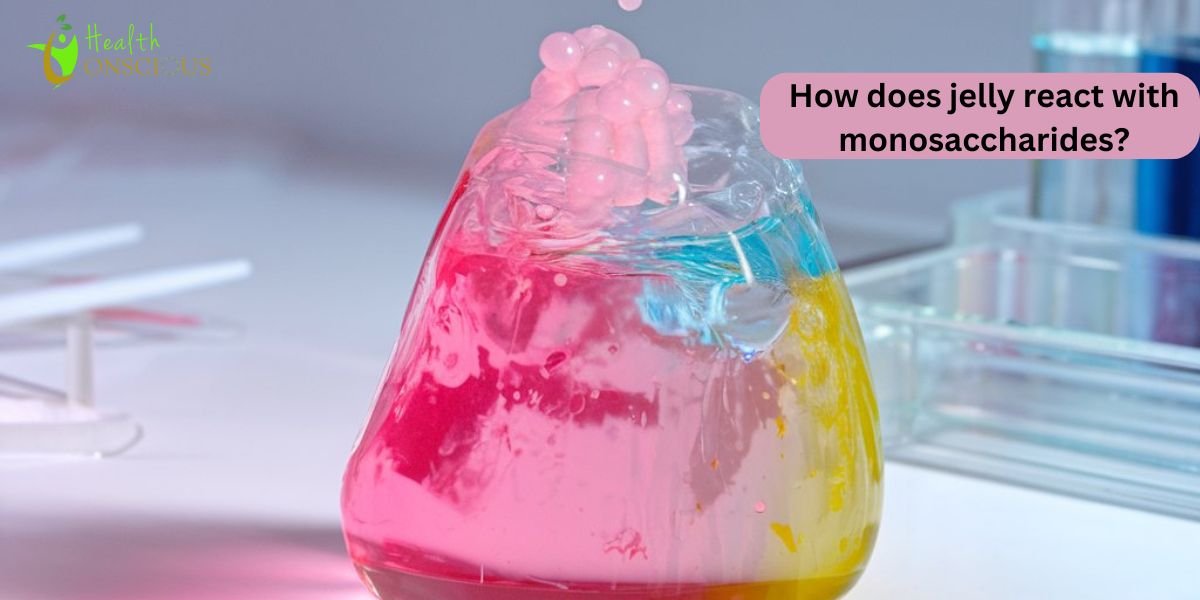Introduction to jelly and monosaccharides
How does jelly react with monosaccharides? Fruit juice, sugar, and a gelling agent like pectin are the main ingredients of jelly, a gel-like food product. People commonly use jelly as a spread and in desserts. The interaction between sugars and gelling agents primarily influences the texture of jelly, which is crucial for its appeal.
Monosaccharides are the simplest form of carbohydrates and include sugars like glucose, fructose, and galactose. They serve as the building blocks for more complex carbohydrates, including disaccharides and polysaccharides. Understanding how jelly reacts with monosaccharides involves exploring the role of these simple sugars in the gelling process, how they affect the texture and flavor of jelly, and the overall implications for food science.
The Gelling Process of Jelly
- Ingredients of Jelly:
- Fruit juice: It provides flavor and natural sugars.
- Sugar enhances sweetness and aids in the formation of a gel.
- Pectin: A soluble fiber that acts as a gelling agent.
- Acid: Typically, citric acid helps to balance the flavor and assist in gelling.
- Role of Pectin:
- Pectin molecules form a network that traps liquid, giving jelly its structure.
- For optimal gelling, pectin requires a certain concentration of sugar and acid. Monosaccharides play a significant role in achieving this balance.
The interaction between jelly and monosaccharides

- Monosaccharides in Jelly:
- Monosaccharides such as glucose and fructose are often present in fruit juices.
- Adding sucrose to jelly can partially break it down into monosaccharides, which can affect the gelling process.
- Effects on Gelling:
- Sugar Concentration: The presence of monosaccharides influences the osmotic pressure in the jelly mixture. High concentrations of sugar can interfere with pectin’s ability to gel, leading to a softer product.
- Hydration of Pectin: Monosaccharides can alter the hydration of pectin molecules. If too many monosaccharides are present, they may hinder the pectin chains from forming a strong network, resulting in a runny or less firm jelly.
- Texture and stability:
- The balance of monosaccharides affects the final texture of the jelly. If the concentration of monosaccharides is too high or too low, it can compromise the specific gel strength of an ideal jelly.
- High levels of monosaccharides can lead to “syrupy” jelly, where the gelling agent is unable to maintain a solid structure.
- Flavor Profile:
- Monosaccharides contribute to the sweetness of jelly. Different types of sugars will impart different flavors, with fructose being sweeter than glucose.
- The interaction between monosaccharides and acids in jelly can enhance or diminish flavors, making the balance critical for a pleasant taste.
Explore further:
Is Maltose a Monosaccharide? Learn the Difference Between Sugars
What is Monosaccharide Simple Definition
Practical Implications for Jelly Production
- Recipe Formulation:
- When formulating jelly recipes, consider the source of fruit juice and its natural sugar content. Adjust the sugar and pectin levels accordingly to achieve the desired texture and stability.
- Experiment with different fruit juices to observe how varying concentrations of monosaccharides impact gelling.
- Testing for Gelling:
- Conduct tests to determine the gel strength of jelly mixtures with varying levels of monosaccharides.
- Use a refractometer to measure the brix (sugar content) of the mixture and ensure it falls within the recommended range for optimal gelling.
- Addressing Gelling Issues:
- If jelly does not set properly, assess the balance of sugars and the presence of acids. Adding more pectin or adjusting the sugar content may improve the texture.
- If the jelly is too runny, consider re-cooking with additional pectin or reducing the liquid content.
Discover here:
Is lactose a monosaccharide? Understanding Lactose
Is galactose a monosaccharide? A Quick Guide
The role of monosaccharides in jelly

Monosaccharides, particularly glucose and fructose, play a crucial role in jelly production. They serve several functions:
- Sweetening: Monosaccharides are the primary source of sweetness in jelly. They enhance the flavor and palatability of the product.
- Gelling Agent Activation: Some gelling agents, like pectin, require sugar to form a gel. Monosaccharides interact with pectin molecules, helping them cross-link and create a three-dimensional network that gives jelly its characteristic texture. This process is influenced by what is the macromlecule for monosaccharide, which plays a crucial role in gel formation.
- Water Activity Reduction: By increasing the sugar concentration, monosaccharides reduce the water activity in the jelly. This helps to inhibit microbial growth and extend the shelf life of the product.
Factors affecting the jelly formation
Several factors influence the interaction between monosaccharides and gelling agents, and ultimately, the quality of the jelly:
- Sugar Concentration: The amount of sugar in the jelly mixture is critical for gel formation. Too little sugar can prevent gelation, while too much can result in a tough or grainy texture.
- pH: The pH of the mixture also affects gel formation. Pectin, for example, gels best at a pH below 3.5.
- Temperature: Heating the mixture can help to dissolve the sugar and activate the gelling agent. However, excessive heat can degrade the pectin and weaken the gel.
- Gelling Agent Type and Concentration: The type and amount of gelling agents used will also influence the final product.
The chemistry behind the interaction

The interaction between monosaccharides and gelling agents is complex and involves several chemical processes. Here’s a simplified explanation:
- Hydrogen Bonding: Monosaccharides form hydrogen bonds with water molecules, reducing the amount of water available for other interactions. This helps to concentrate the gelling agent and promote gel formation.
- Cross-Linking: Gelling agents, like pectin, have specific functional groups that can form cross-links with each other. Monosaccharides can facilitate these cross-linking reactions by interacting with the functional groups and stabilizing the resulting gel structure.
- Viscosity Increase: The presence of monosaccharides increases the viscosity of the jelly mixture. This higher viscosity helps slow the diffusion of water molecules, further promoting gel formation.
Conclusion
How does jelly react with monosaccharides? The reaction between jelly and monosaccharides is a fundamental aspect of food science that influences the gelling process, texture, and flavor of jelly. By understanding how jelly reacts with monosaccharides, producers can create high-quality jelly products that are both appealing and delicious. Experimentation with different fruit juices and sugar balances can yield unique and satisfying jelly varieties.




